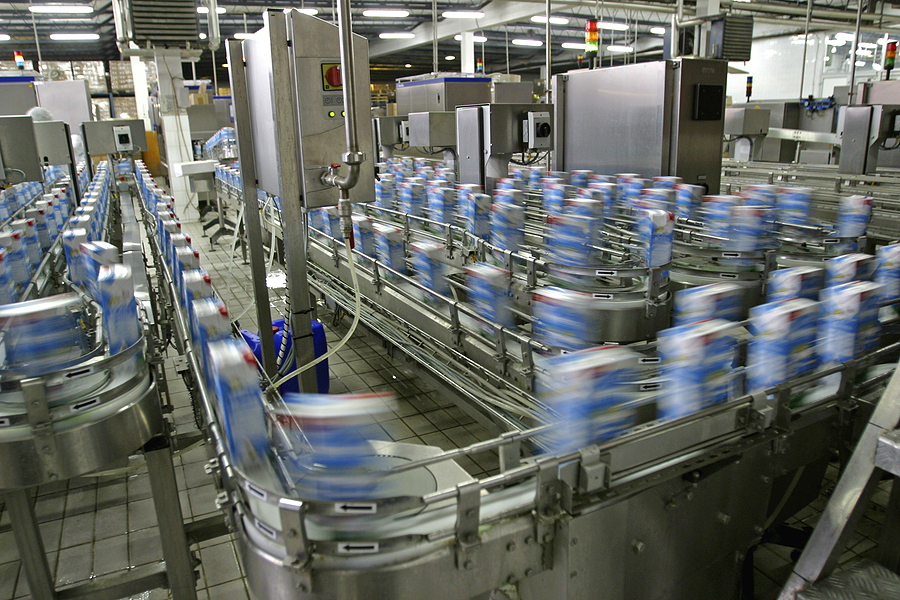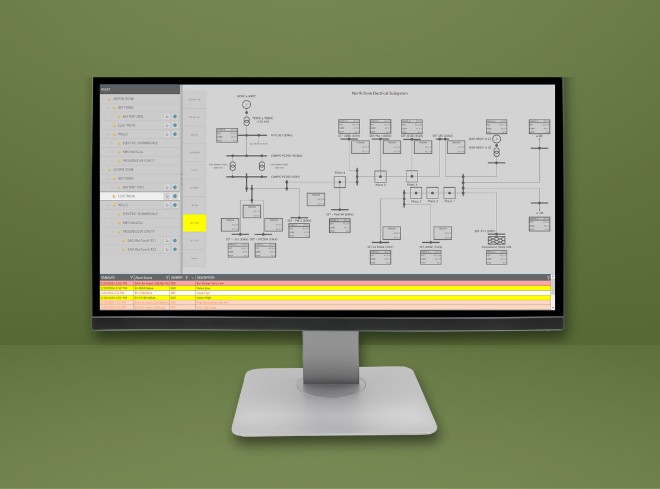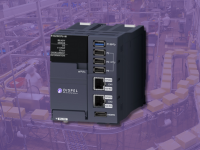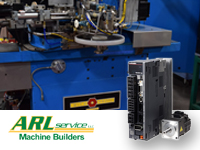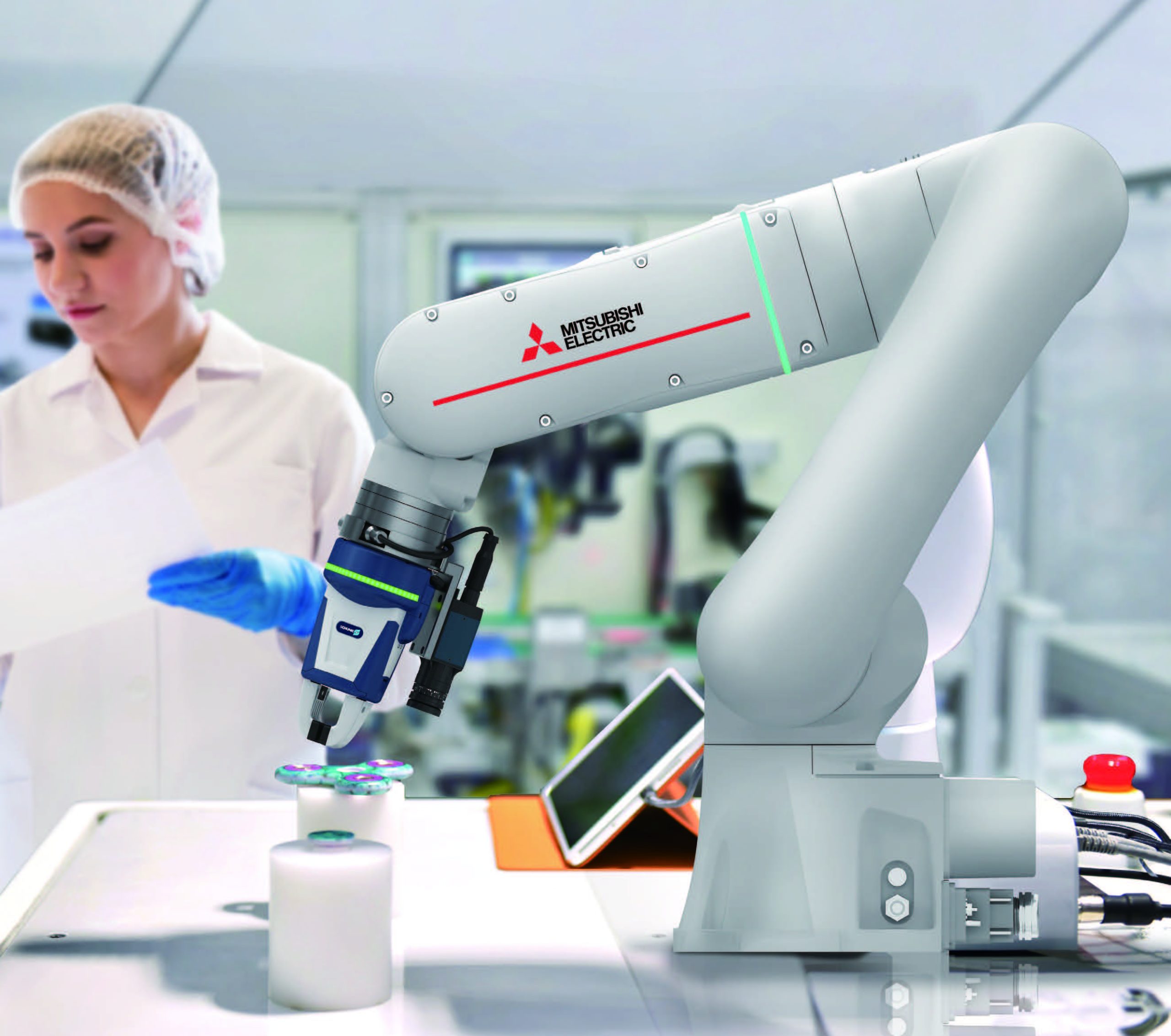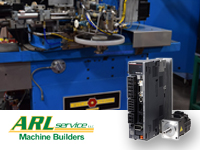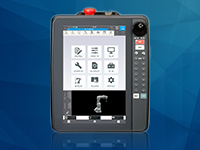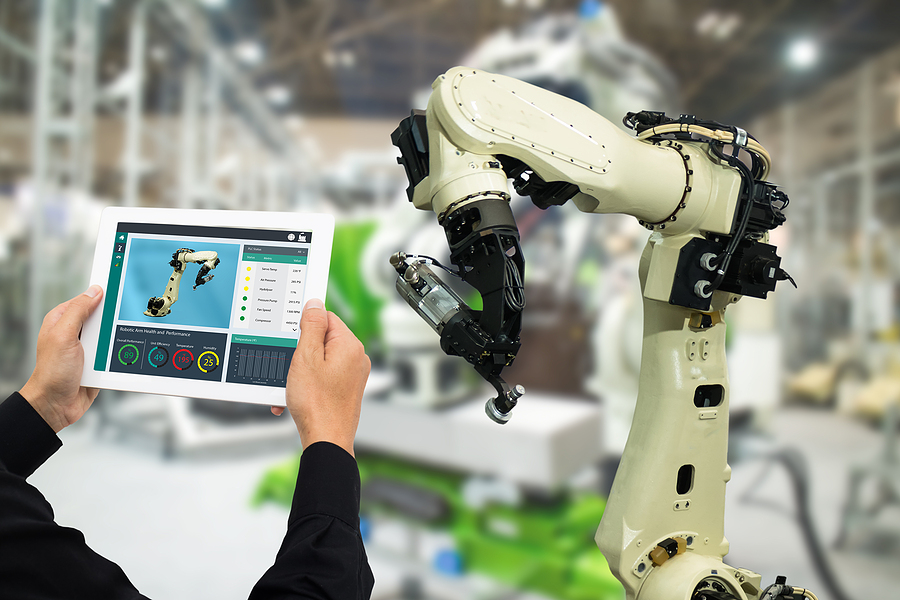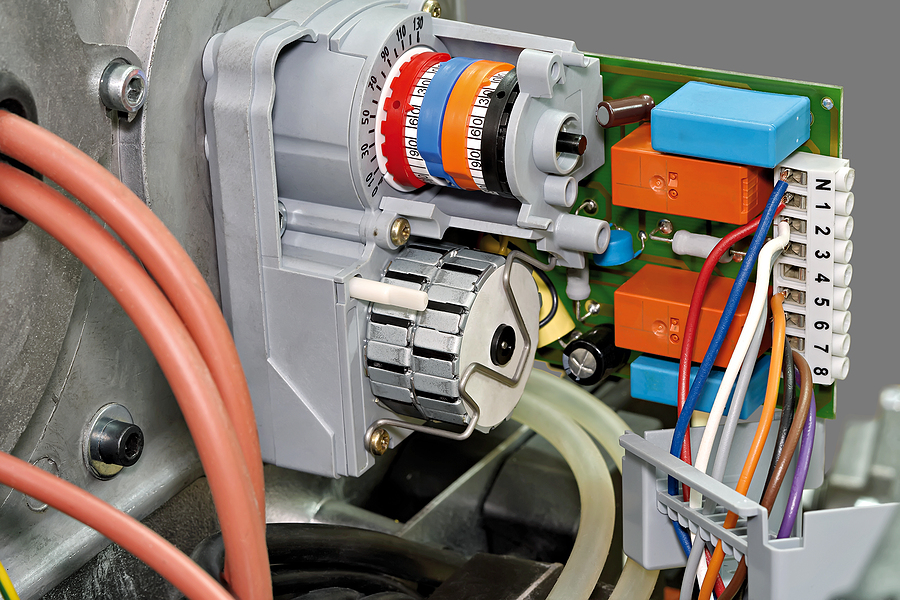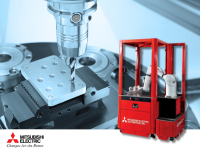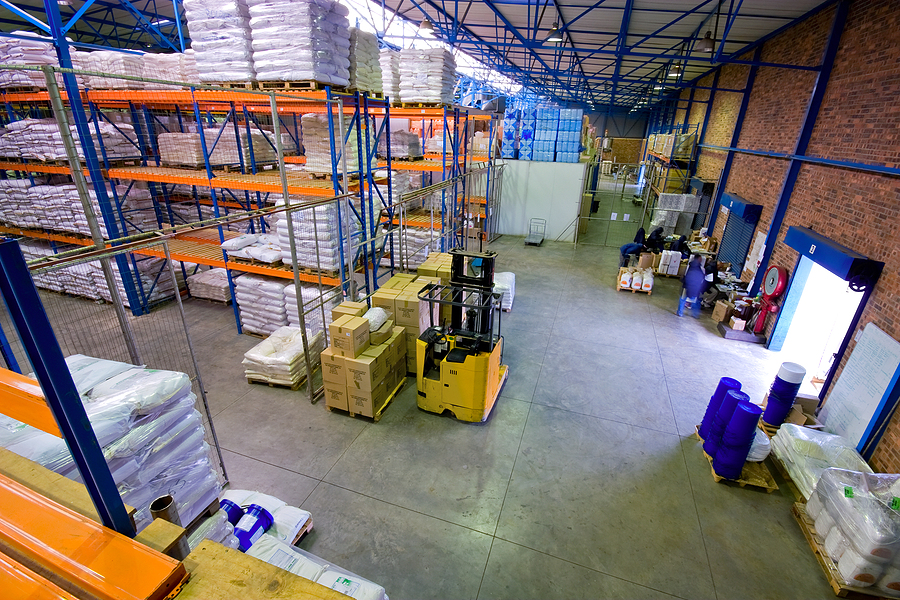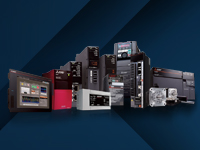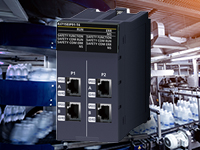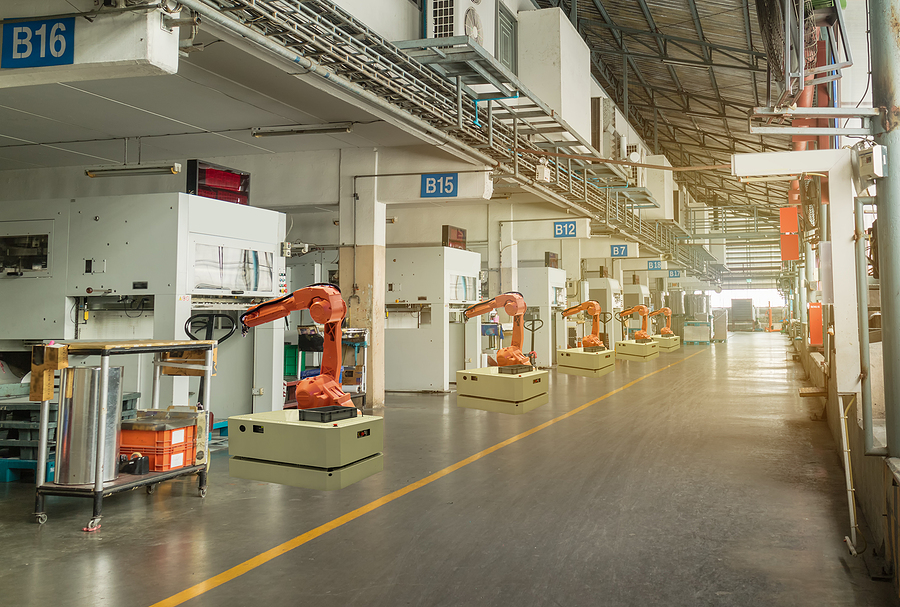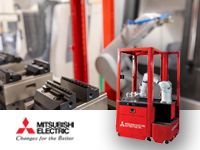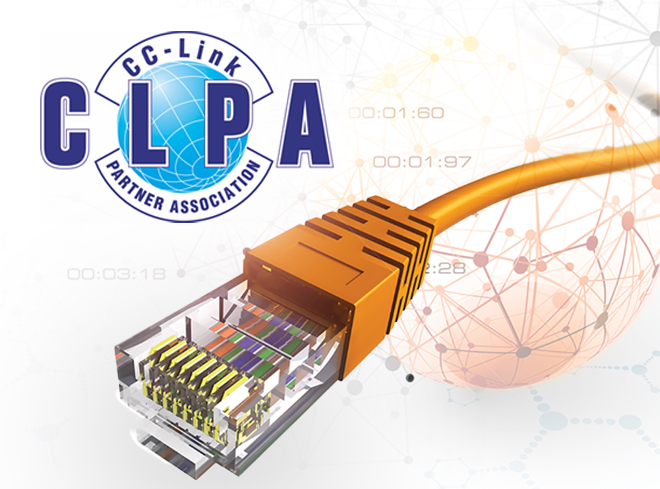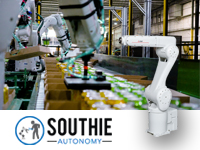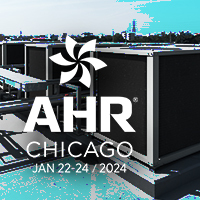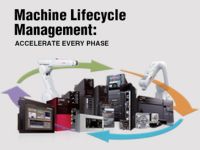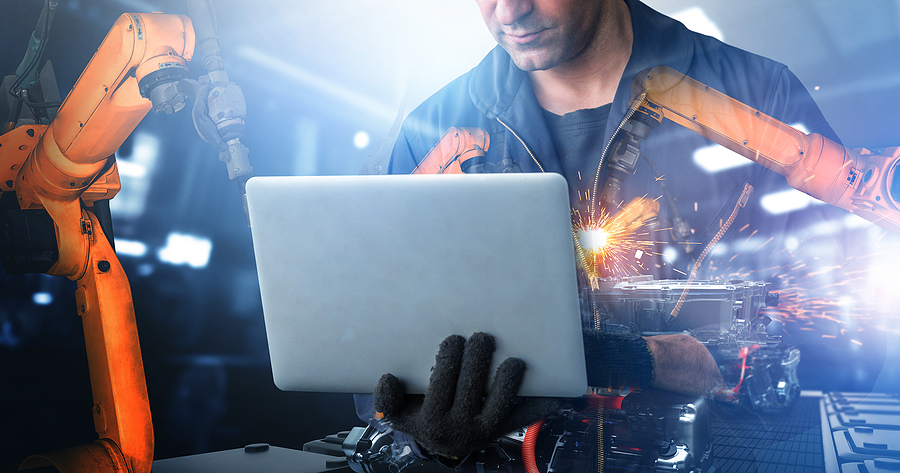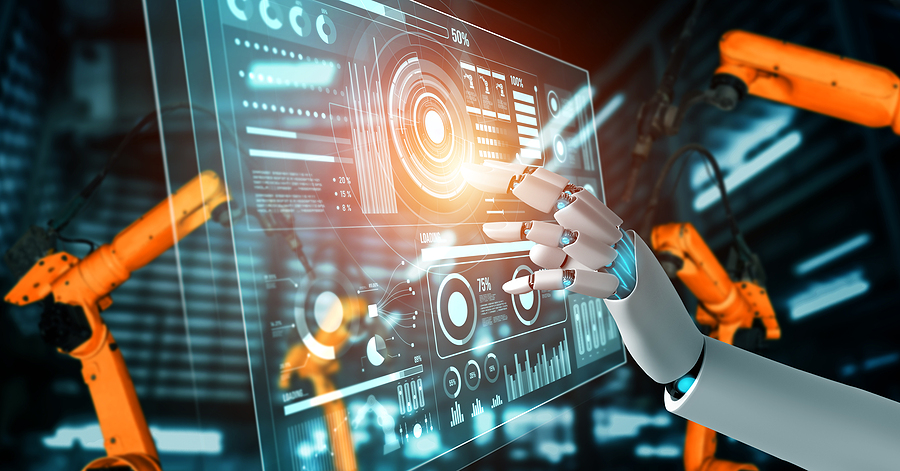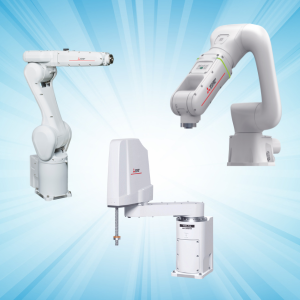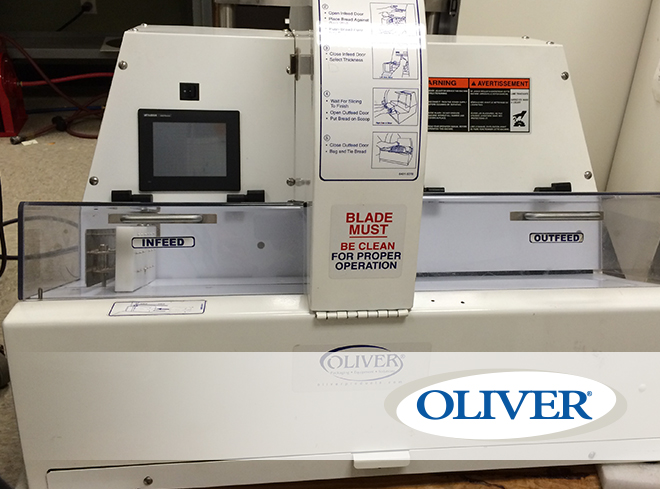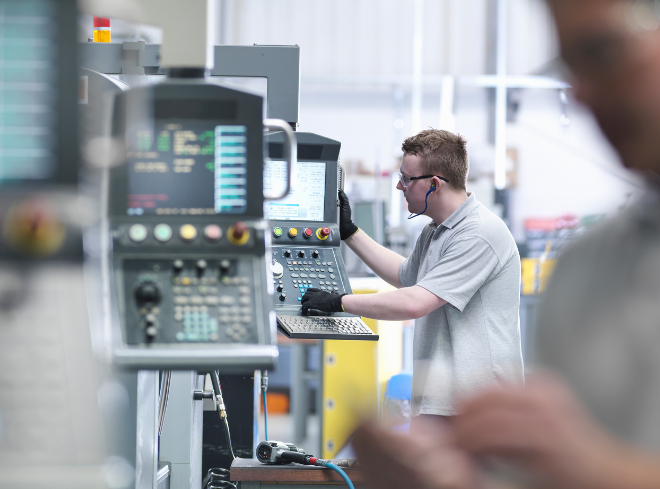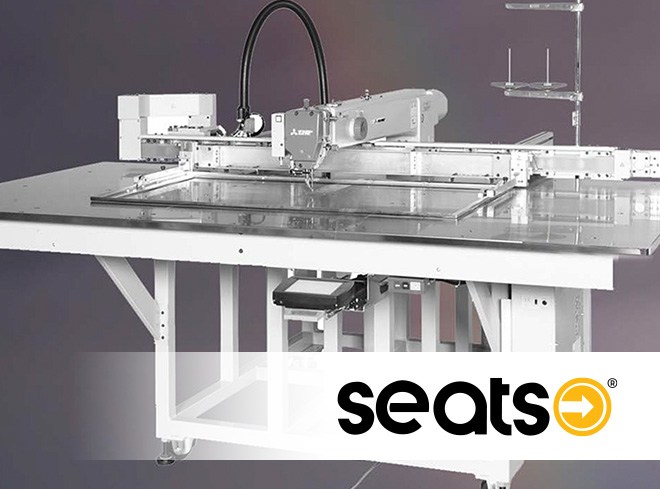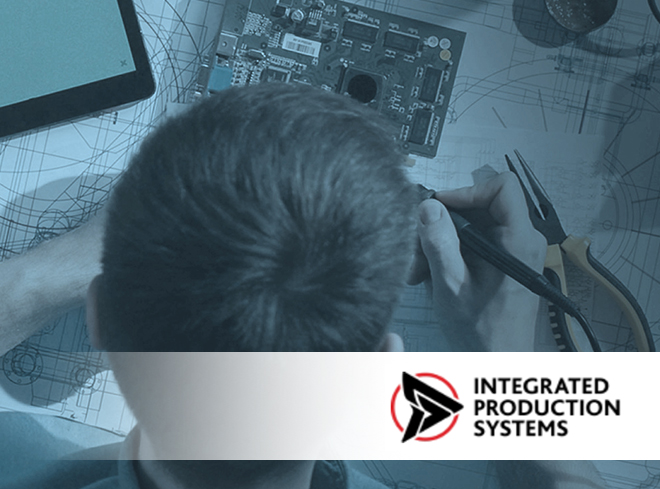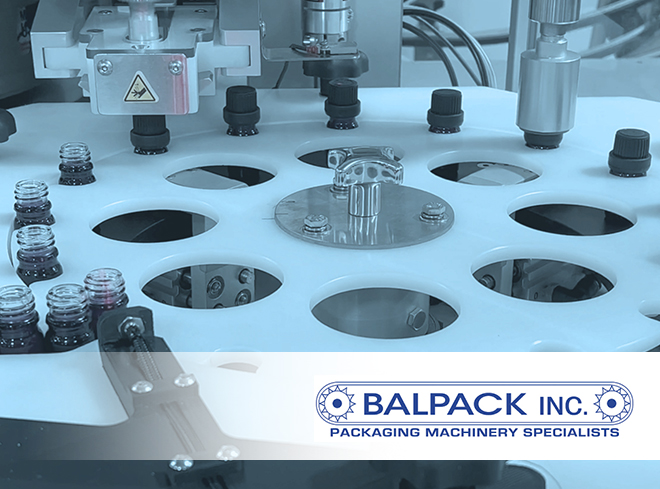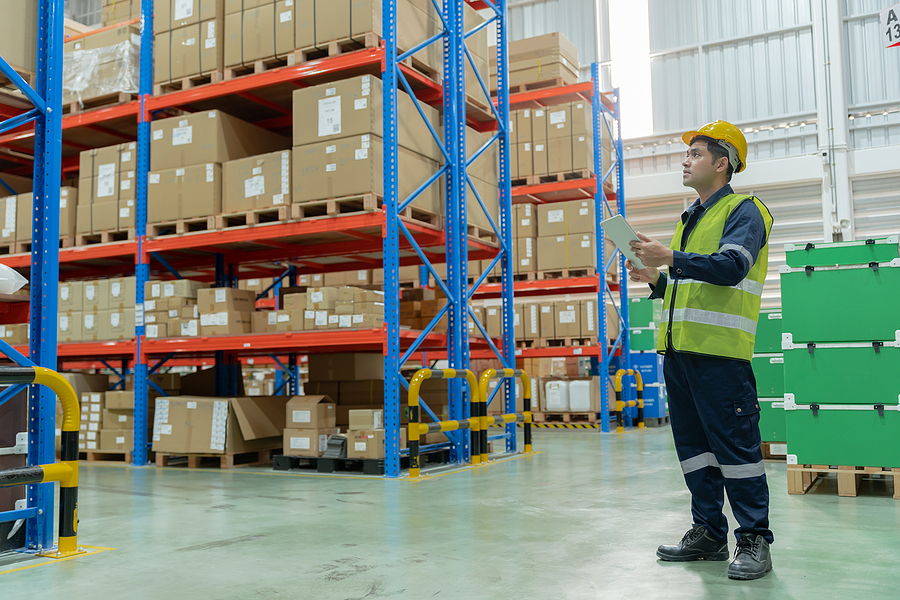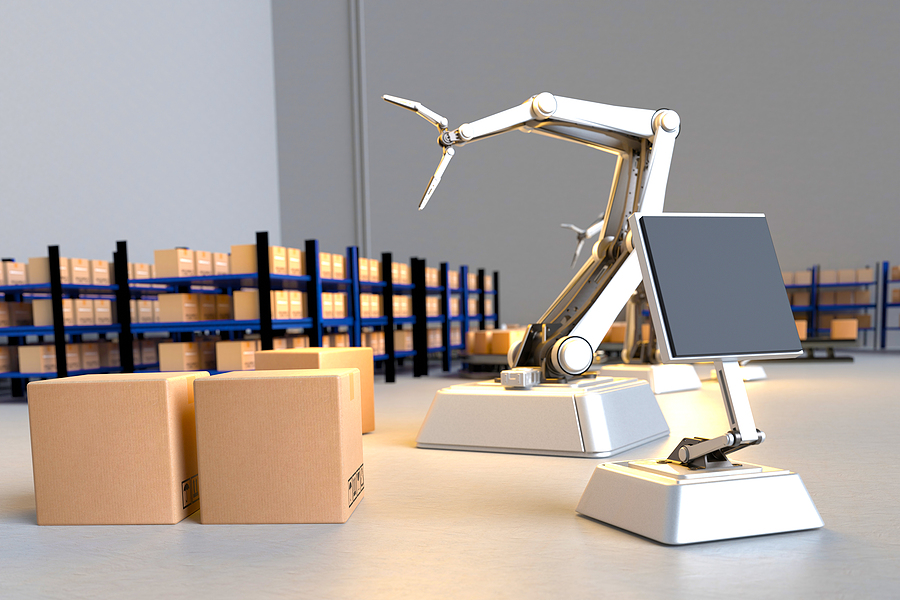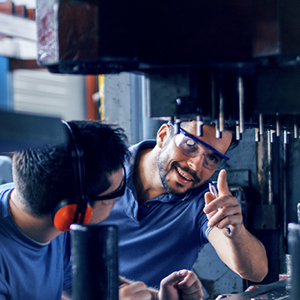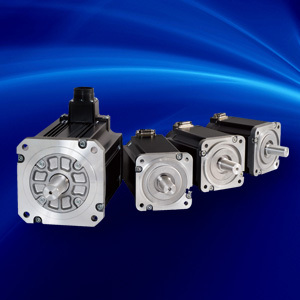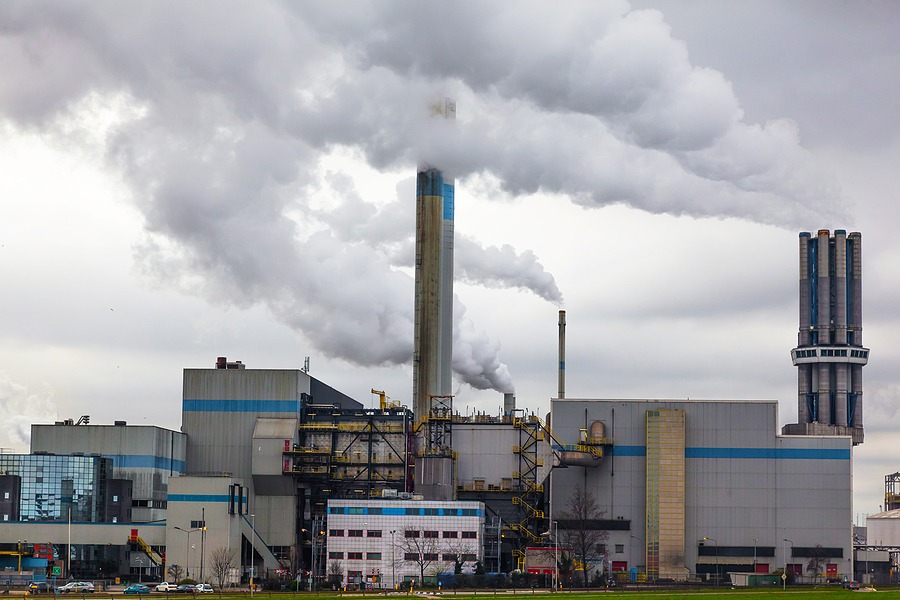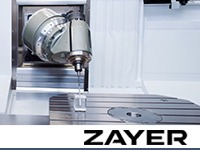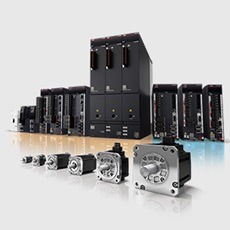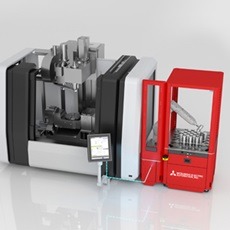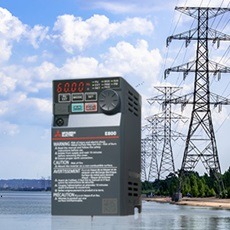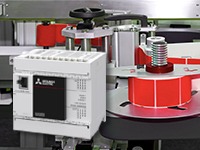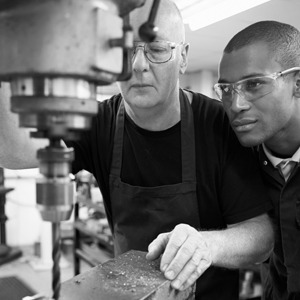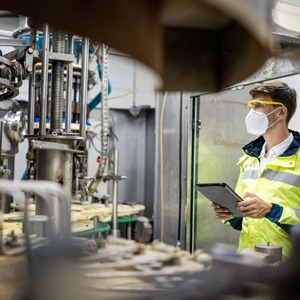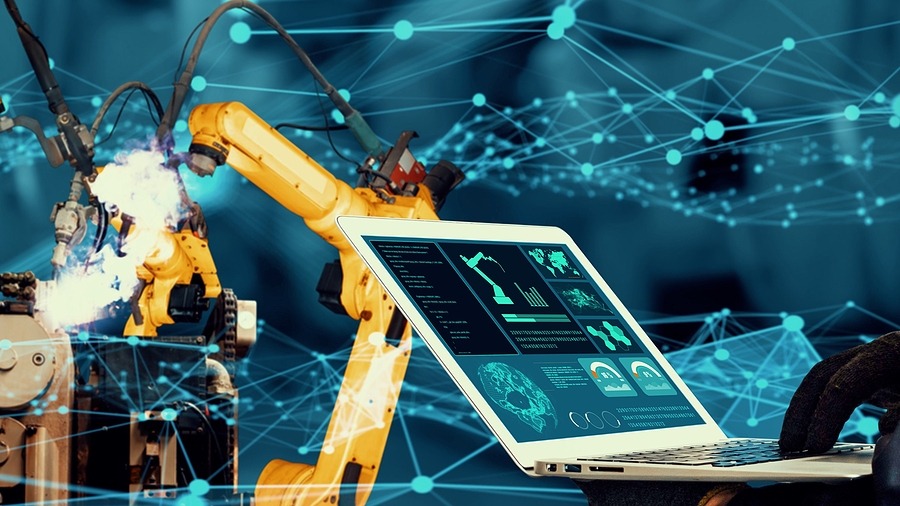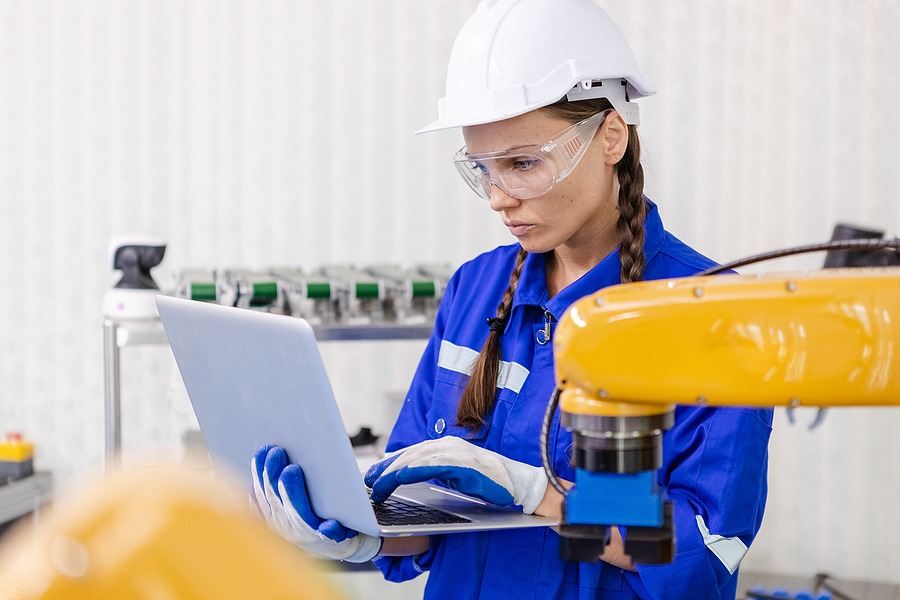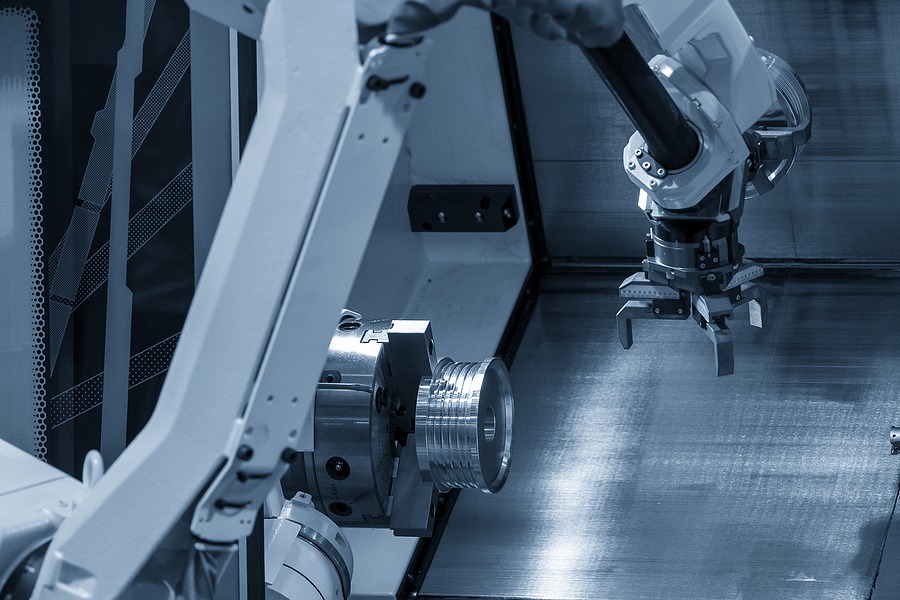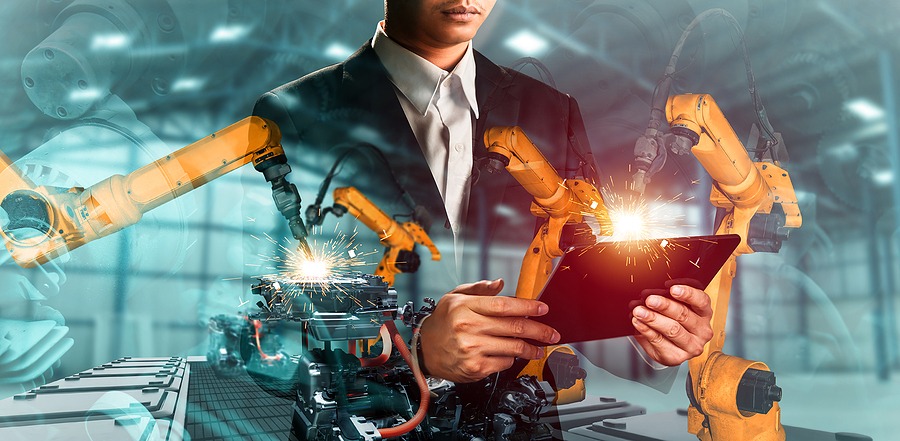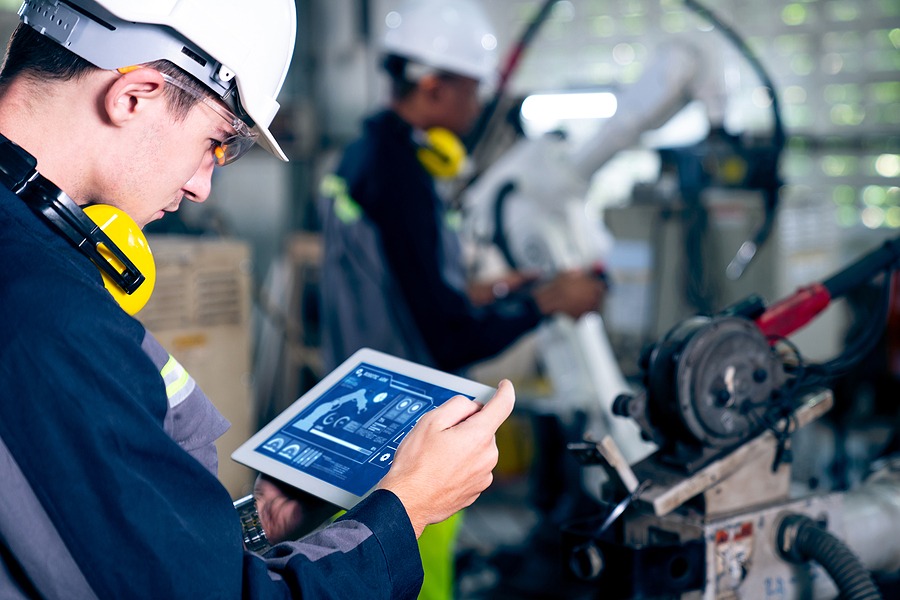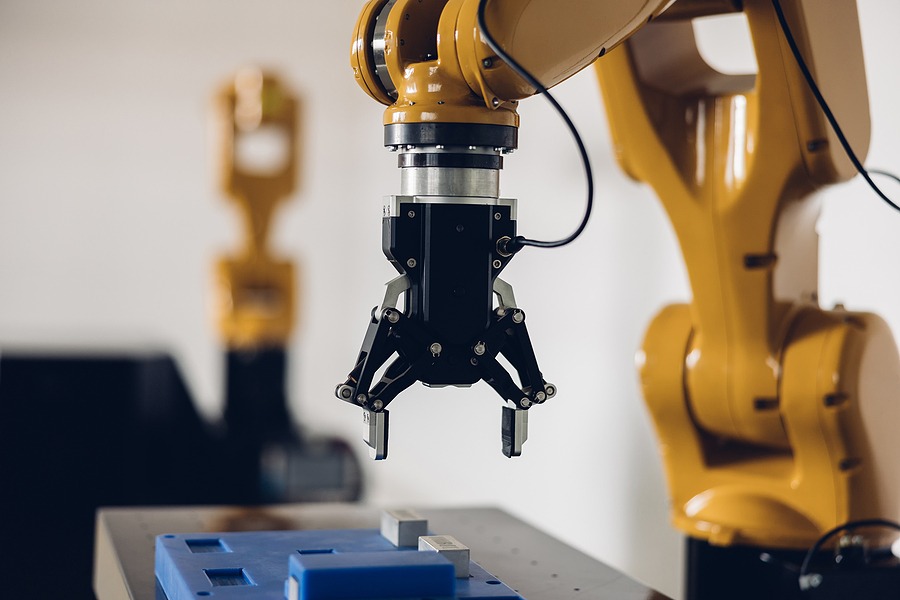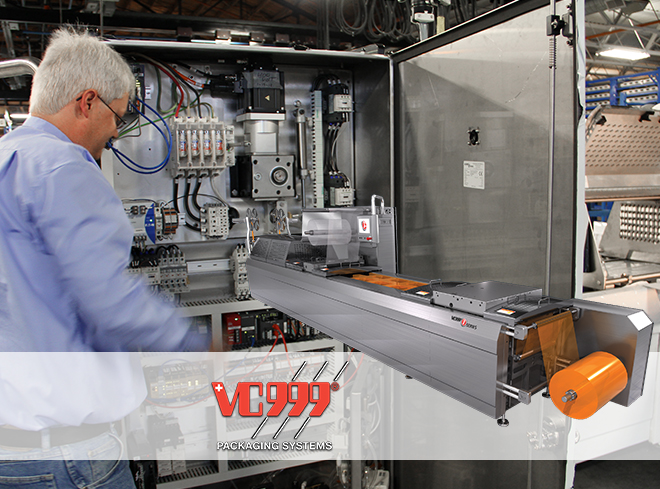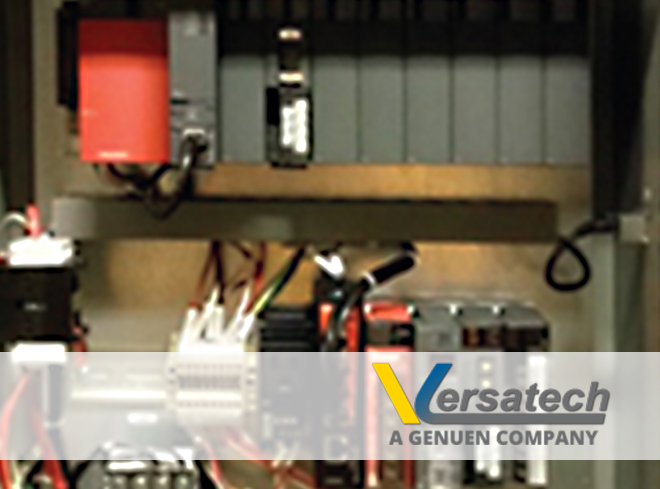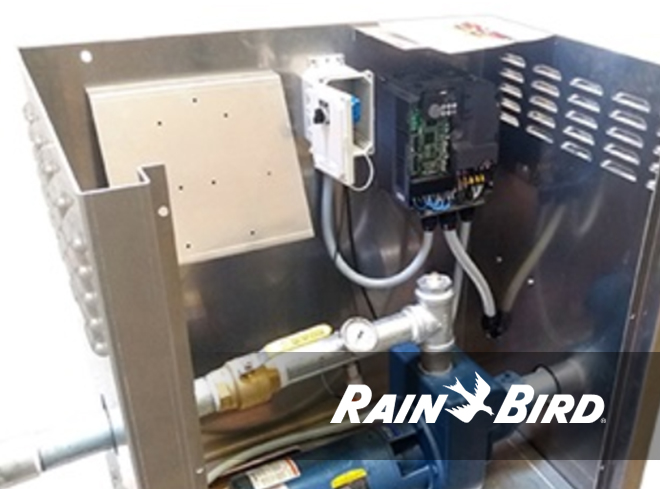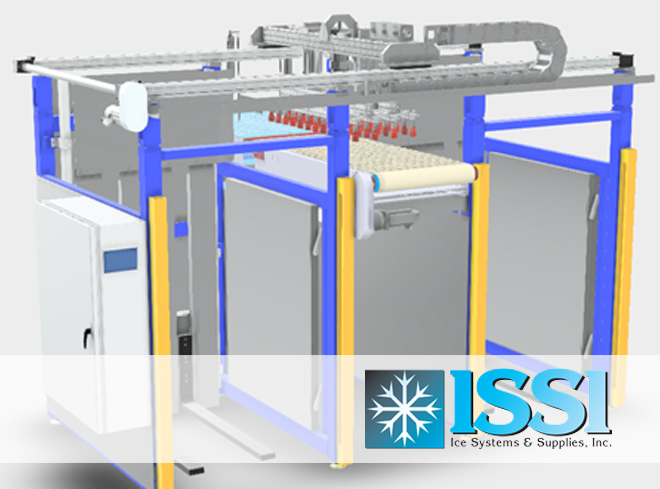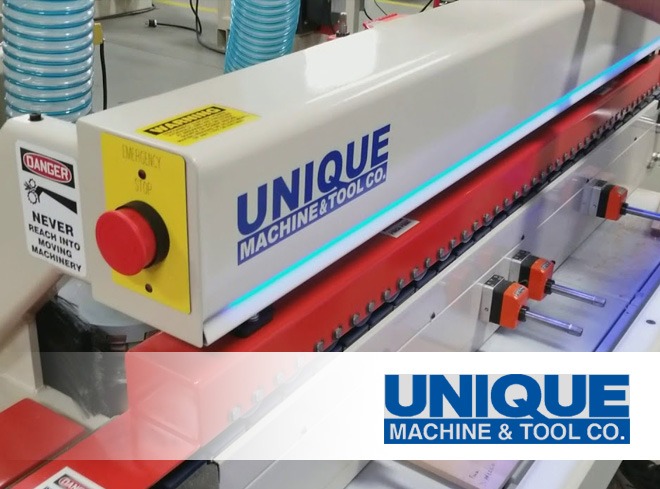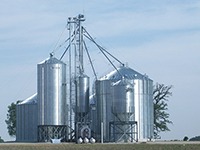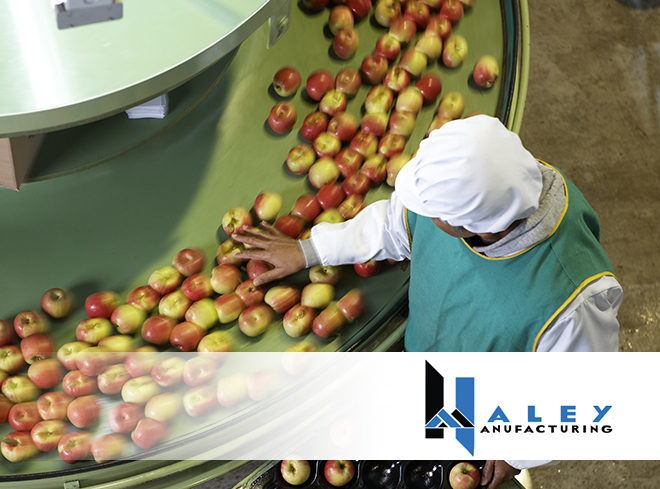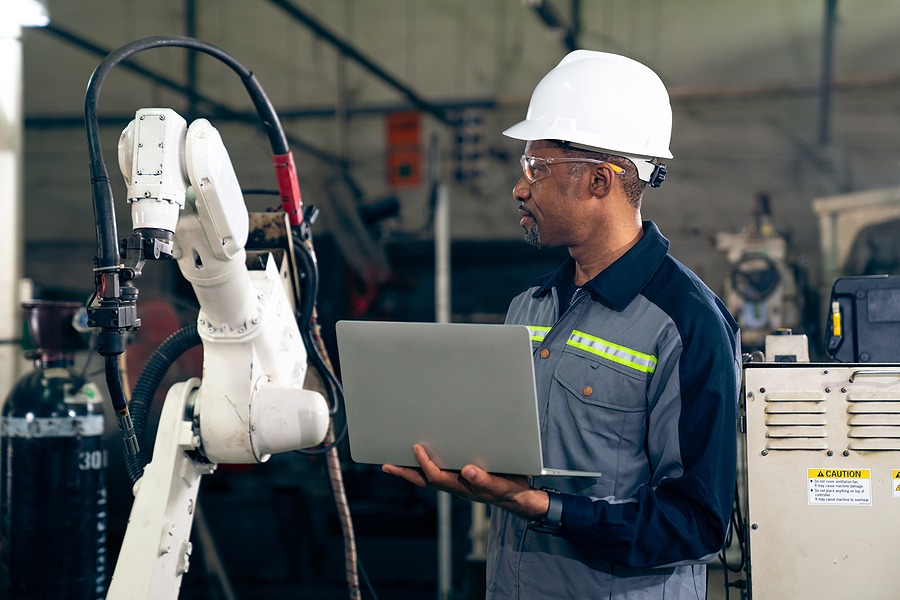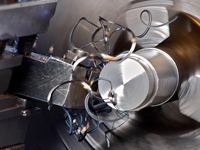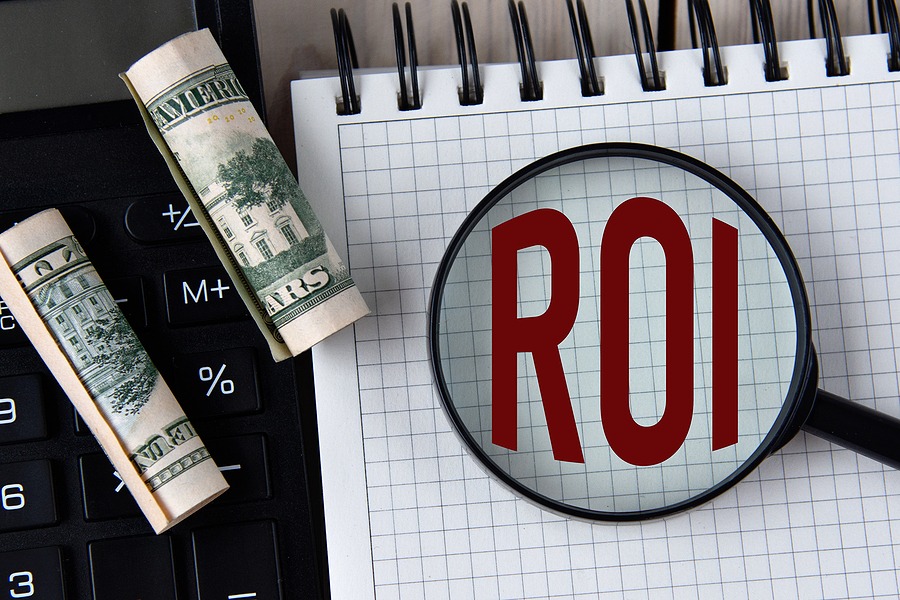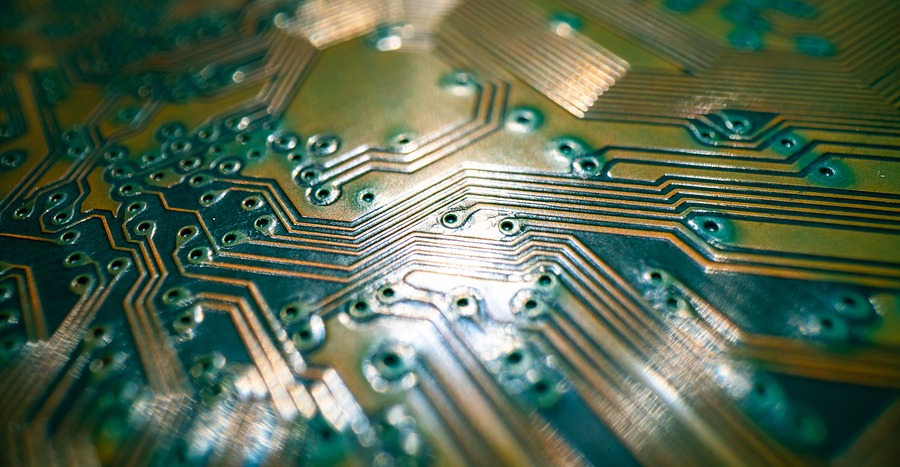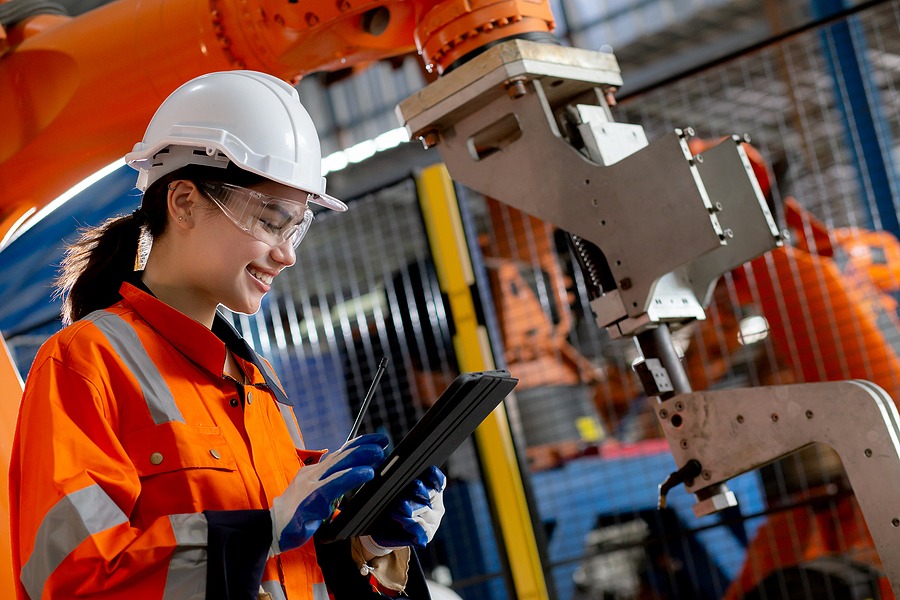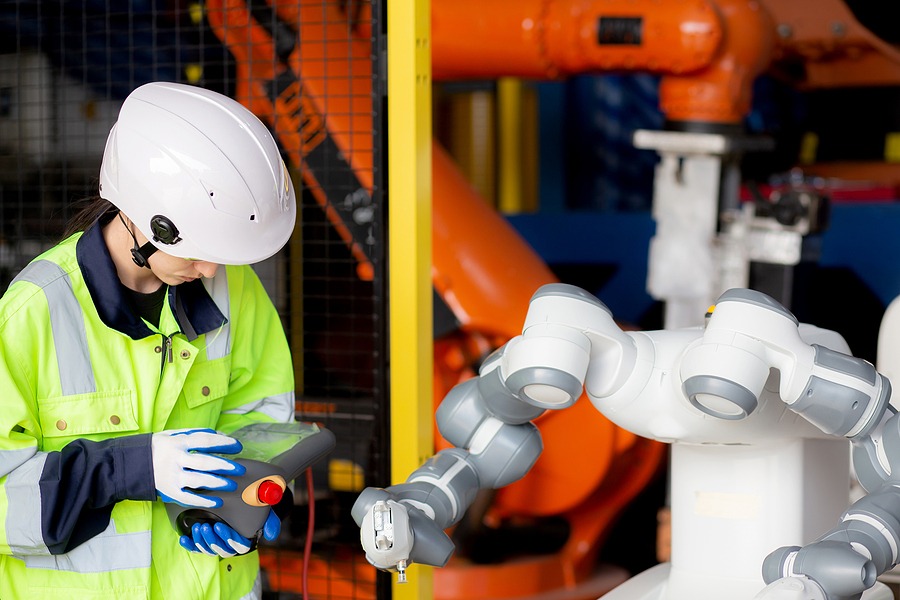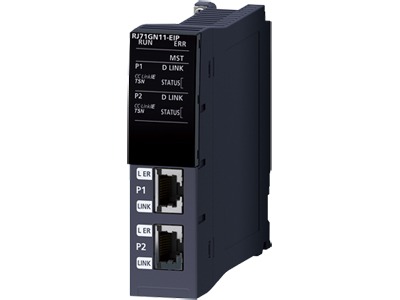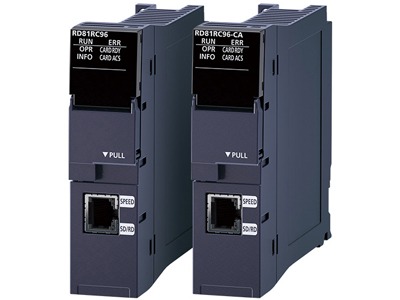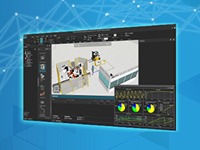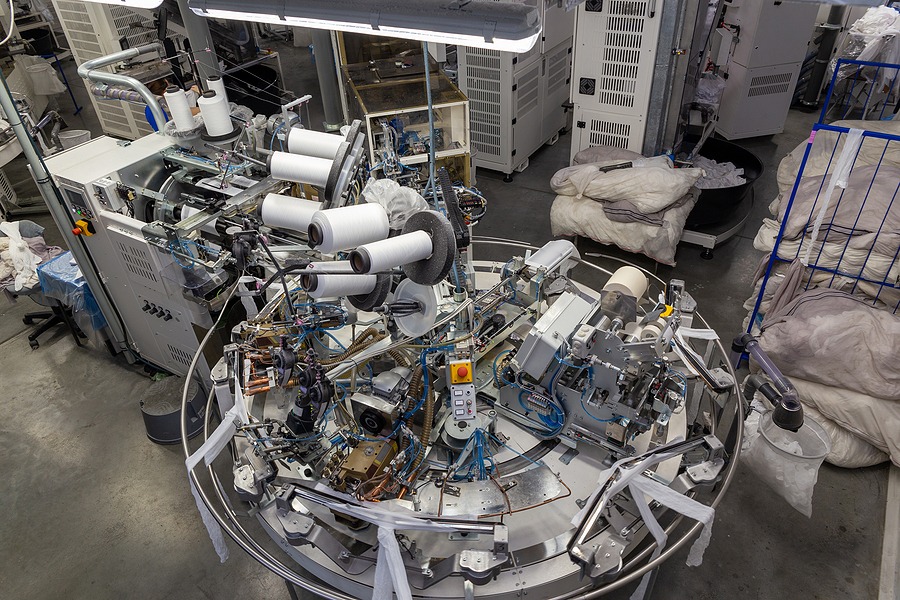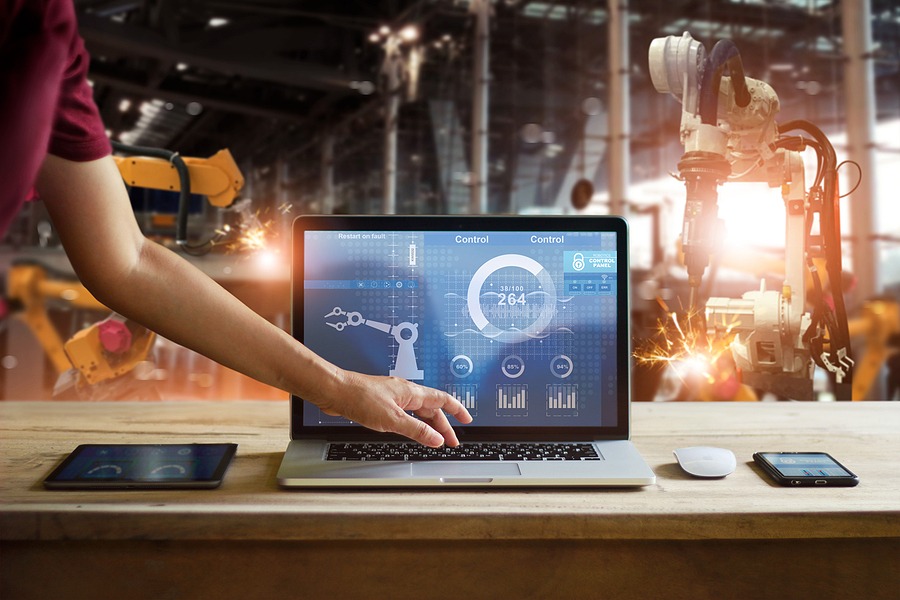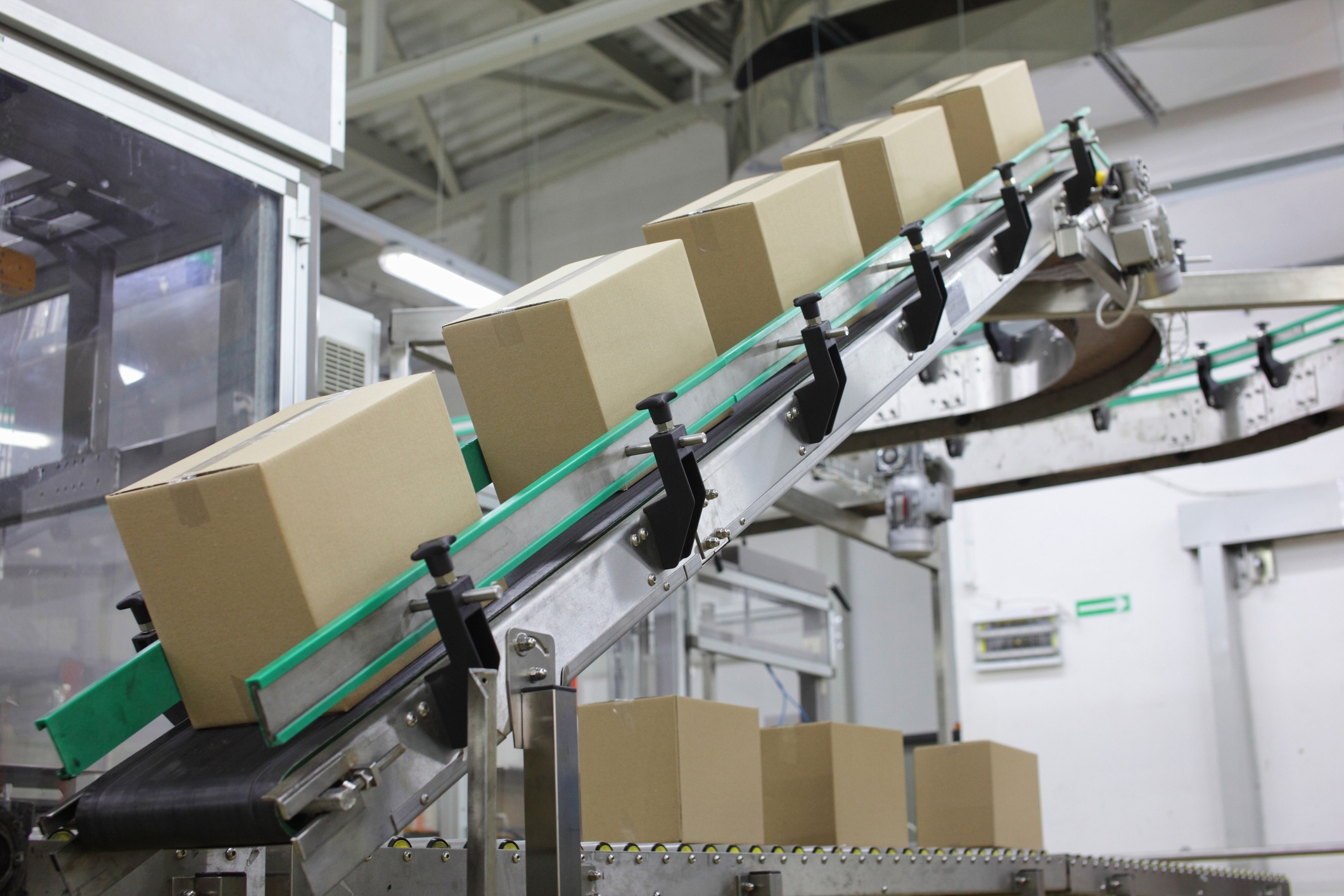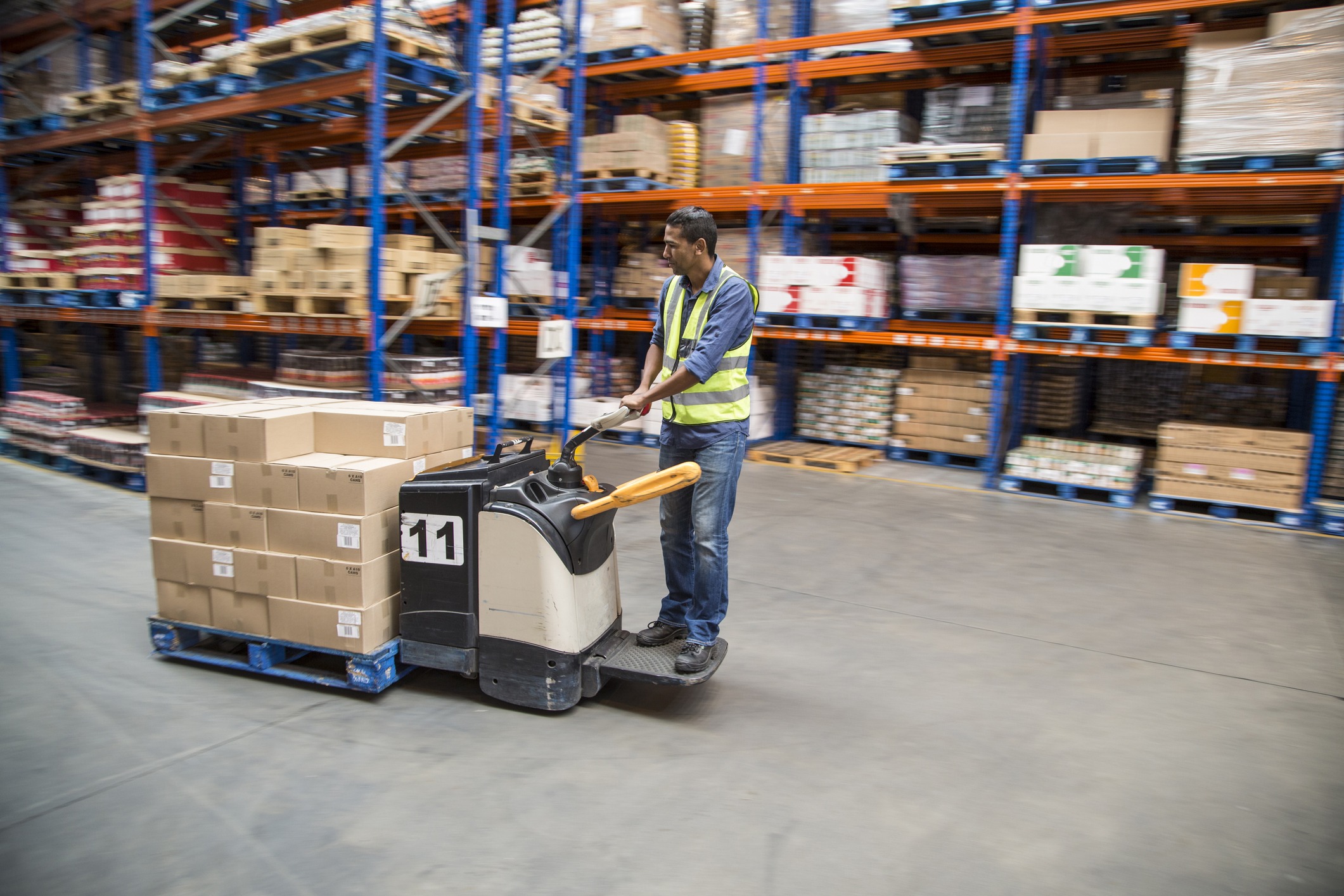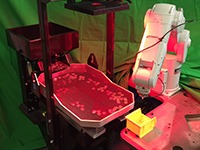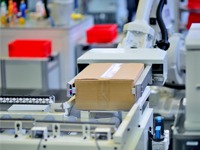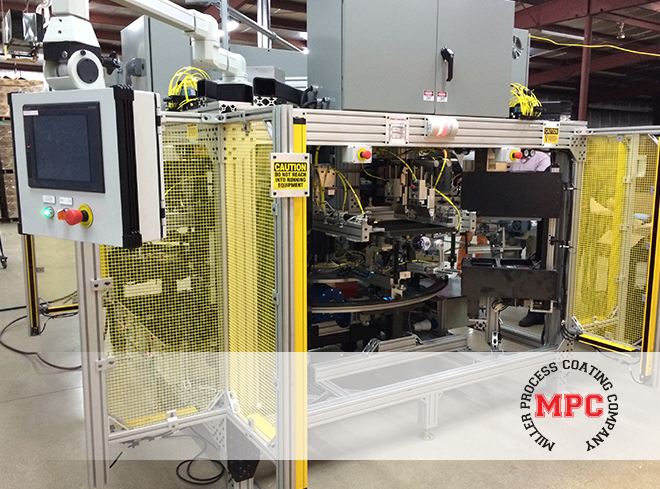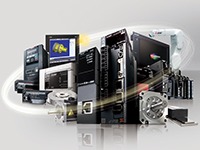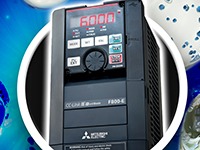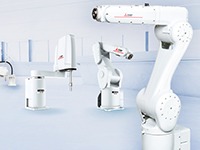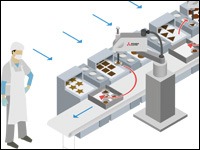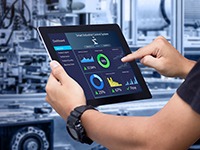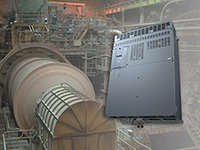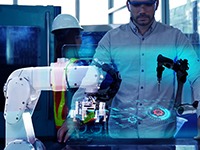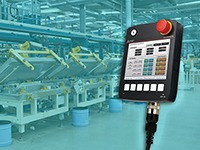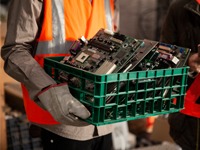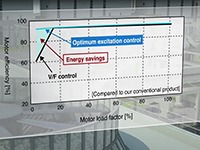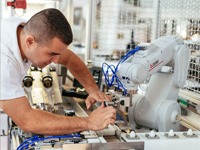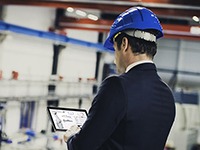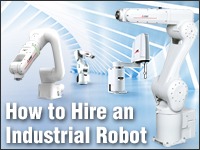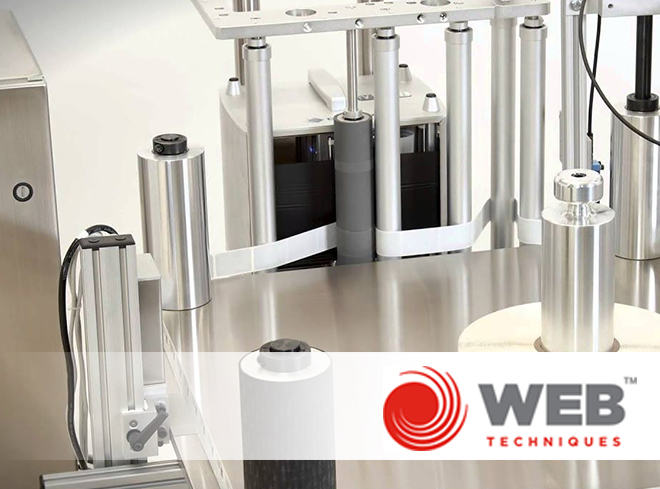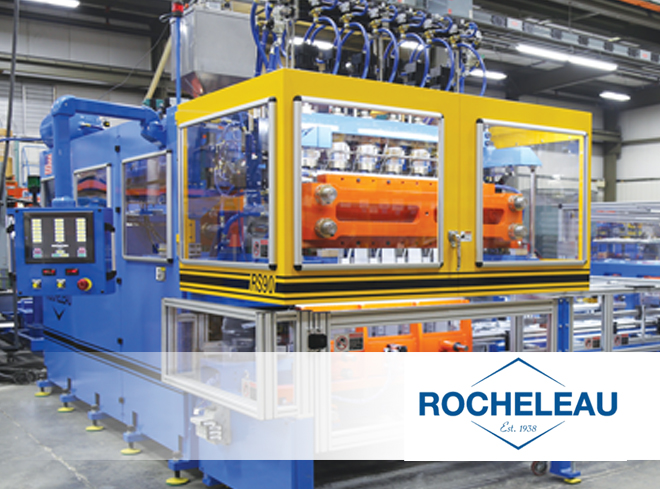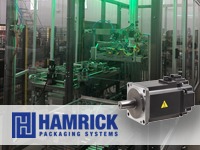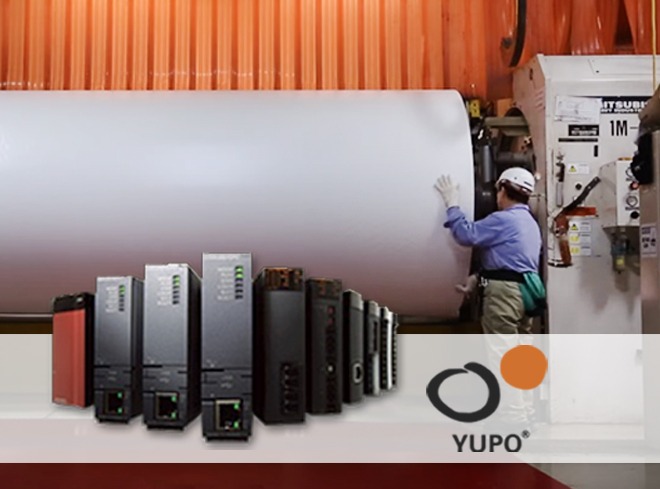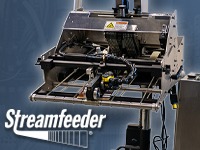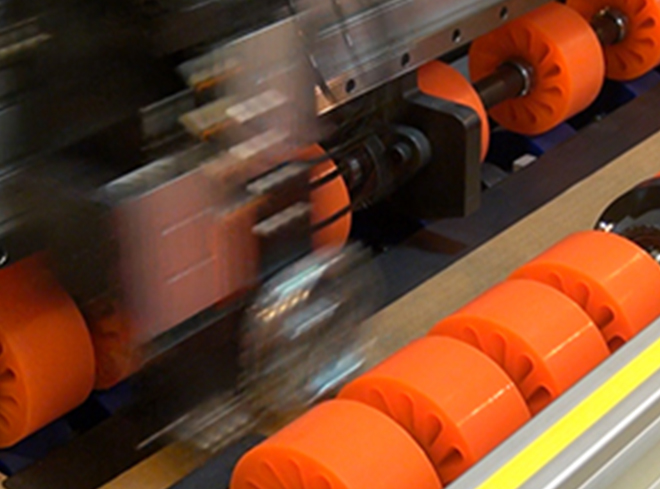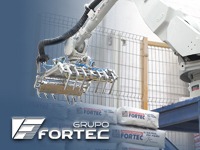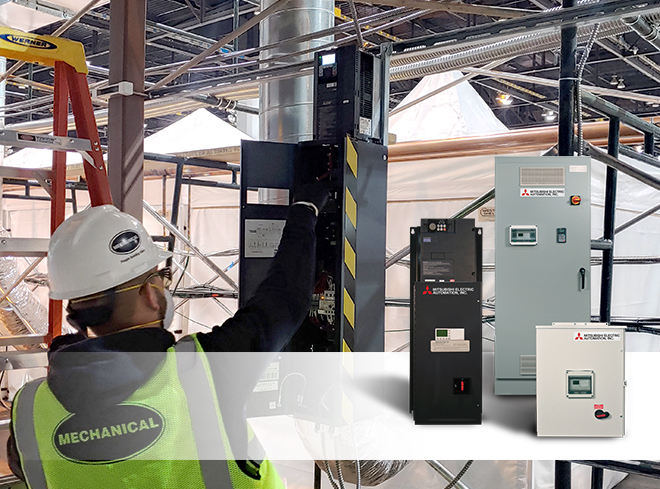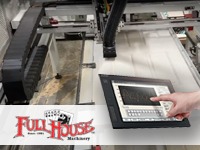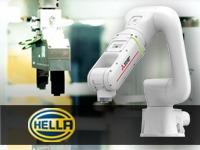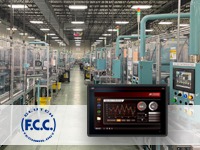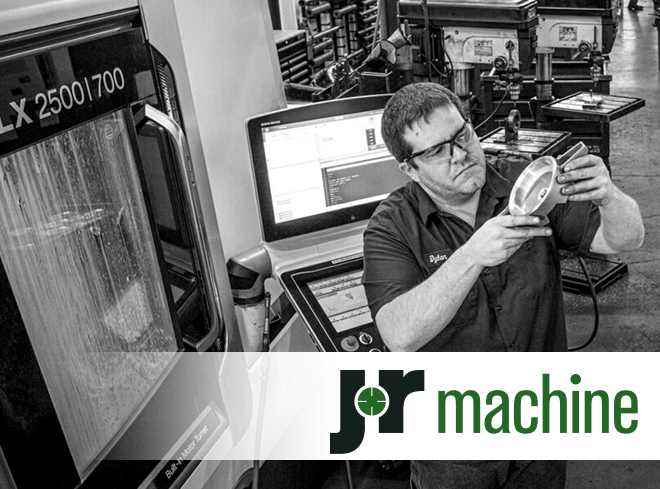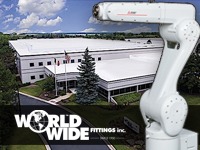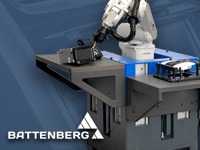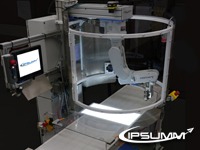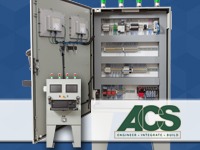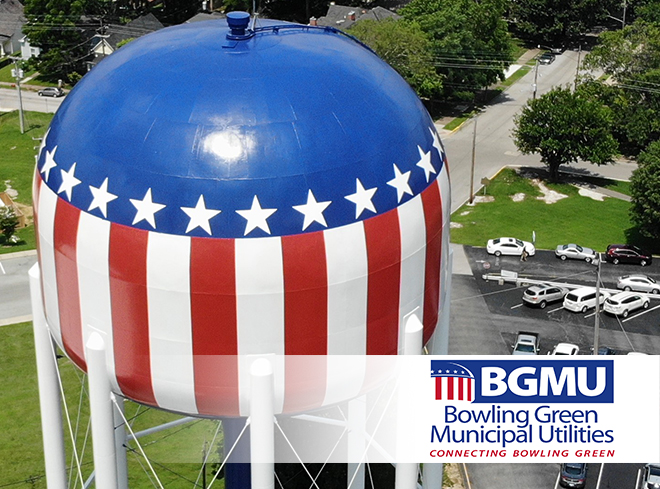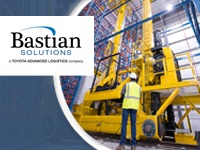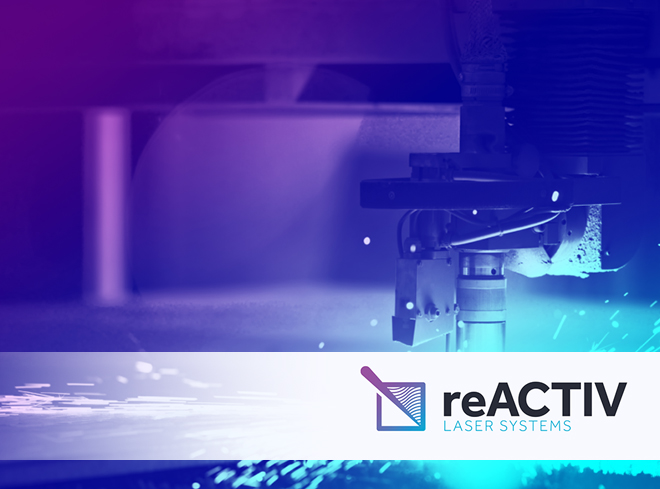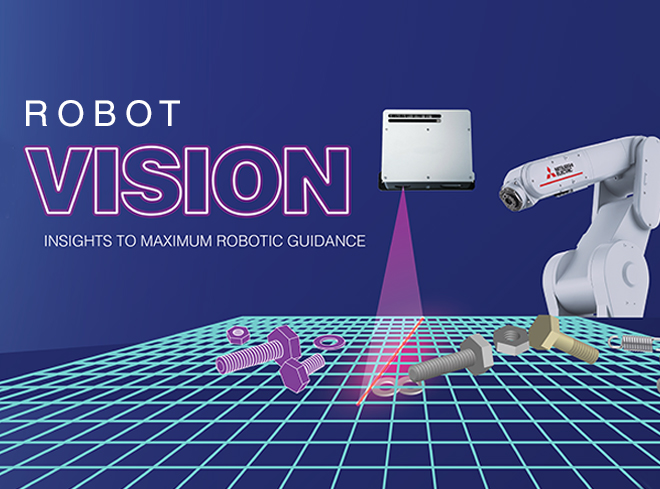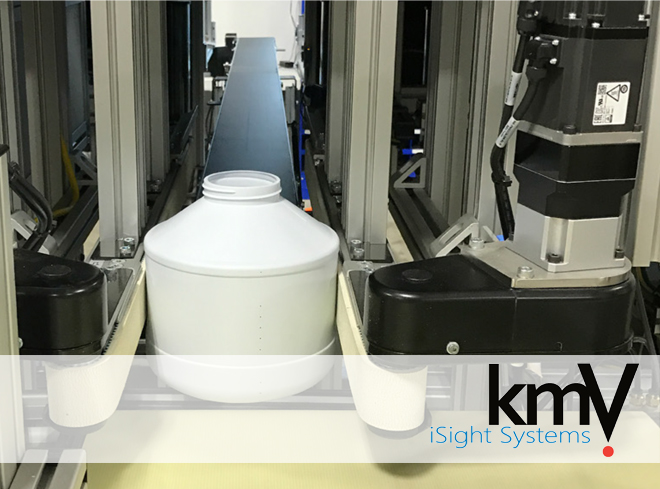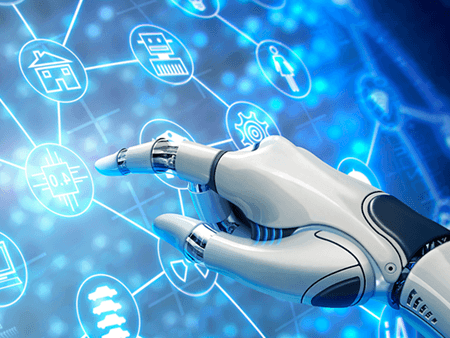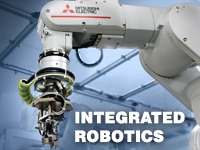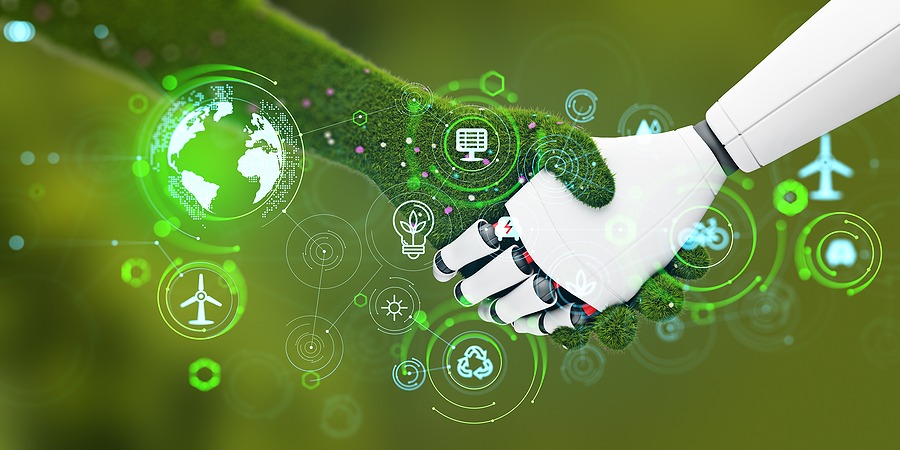
Unscheduled downtimes and repairs are often tied to aging equipment. Discover sustainability in manufacturing through automation and green technologies.
How old is the equipment in your plant? Unscheduled downtimes and repairs are often tied to aging equipment. In fact, 34% of these downtimes are tied to the machinery’s age and 20% are due to mechanical failures. In 2020, almost half of the manufacturing plants in North America were spending upwards of 40% of their annual budget on machine maintenance and cleaning.
Companies are spending too much time and money on repairs and ignoring the benefits of automation and green technologies. For some, they fear making enough return on investment if they spend the money upgrading their plants.
Instead, they continue using equipment that was created in the 1970s or 1980s and is so outdated that broken parts and components often have to be designed and created, which takes time and money. Upgrading outdated equipment has never been more important, but it’s estimated that 90% of U.S. factories still have some equipment that is upwards of 50 years old.
It’s time to consider the other benefits your plant gains through wise upgrades that embrace automation and green technologies. Those two features alone make a huge difference.
How Is Automation Used in Sustainable Manufacturing?
Industry 4.0, the shortened term for the 4th Industrial Revolution, embraces the use of smart machines, smart factories, automation, cloud computing, AI, and IoT (Internet of Things). Cybersecurity is equally important with the increase in ransomware attacks.
With sensors and web connections ensuring equipment in a plant works seamlessly together, there are no hesitations slowing things down or missteps that cause scrap or employee injuries. Data is collected, analyzed, and carefully calculated to keep a plant running smoothly all day, every day.
Automation isn’t a one-size-fits-all system anymore. Work with a specialist in automation to create a custom manufacturing plant that targets your company’s exact needs. Suppose you run a company that produces jams. For the jam to set properly, the cooking times, ingredient measurements, and stirring must be precise. Jars have to be filled to the right level and then jars are sealed and water processed for the airtight seal. It’s a lot of work.
In smart manufacturing, AI and automation make this process fast and precise. Add packaging lines to box the jam carefully for shipping. Even the machine maintenance is handled automatically with AI analyzing the components, paying attention to changes that signify something is changing and needs to be repaired or recalibrated. With this taken care of automatically, there’s no downtime.
What do the case studies show? Haley Manufacturing designs and builds equipment that’s used to bag or box produce. By switching to automated packaging technology, the company was able to increase volume, lower its costs, and keep up with demand despite the challenges the company faces when it comes to finding workers.
Instead, they turned to Mitsubishi Electric to help with automation, and they came up with a robotic pad inserter. The robotic equipment quickly measures the sizes of packaging coming down the line and chooses the correct side pad for each box. It’s faster and there’s less waste with the incorrect pad size being used. This is especially helpful for the environment as the padding in produce boxes is not recyclable at this point. Hopefully, changes in recycling technologies will change that in the future.
How Are Green Technologies Useful?
Automation is just part of the upgrades that factories can make to impact production in beneficial ways. Green technologies also boost manufacturing revenues while also helping the environment. Here are eight of the most popular green technologies that manufacturing plants can implement.
Biofuels
One of the ways a factory can embrace green technologies is by leaning towards biofuels for heating and tasks like lubricating equipment. If your plant uses forklifts, biodiesel forklifts or electric forklifts are greener options.
Energy-Efficiency
Equipment that doesn’t use as much energy as older machines is going to drastically reduce your electricity bills. But, you can make other changes that help reduce your reliance on electricity. LED lighting is one easy, effective upgrade. Lighting that turns on and off when people are no longer in a department.
When you have automated machines and robotics working through the night, they won’t need lights or heat, so you reduce the energy your plant uses by keeping the lights off all night and using smart thermostats to set the plant’s temperature on timers. If your plant’s machines emit heat, let that heat the room and keep the thermostat off or as low as you can.
Industrial Wastewater Pre-Treatment
Plants that need to pre-treat their industrial wastewater can make improvements like pumps that only work when the flow rates increase. When there’s not as much wastewater being generated, the pumps automatically shut off. This will reduce energy consumption.
Solar Energy and Wind Power
Cover your plant’s roof with solar panels and use all of that space to generate the electricity powering many of your plant’s machines. Wind turbines are another option if you have the space.
One of the best examples of a plant using green technology to its benefit is Tesla’s Gigafactory. The company’s machines are solar-powered with batteries charged by the sun, and as of 2021, 8.4 million metric tons of CO2e were avoided. EV trucks and vehicles are used for deliveries. The company’s goal is to be completely sustainable with green technology leading the way.
Where Is the Future of Sustainable Manufacturing Heading?
Around 25% of carbon emissions in the U.S. are tied to the manufacturing industry. With goals set at reducing emissions by 40% in the next seven years, it’s important to embrace energy-efficient equipment and green technologies.
A Deloitte survey found that many owners and CEOs of manufacturing companies found their financial performance increased after establishing sustainable practices. Yes, it does take money to make the improvements, but those costs are offset by lower energy bills, boosted production rates, and trouble-free operation.
In terms of the costs of these upgrades, there’s never been a better time to embrace green technologies and automation. The CDC/504 Loan Program provides manufacturing companies with financing of up to $5 million that’s long-term and has a fixed rate. It allows you to automate and upgrade your plant to spur growth and employment numbers.
Government 7 (a) loans help manufacturers purchase new equipment and improve their plants. The U.S. Small Business Administration is a good place to start looking into gaining the funds needed to use green technologies and automation to grow your plant.
Mitsubishi Electric is the expert you need to guide you through the different options for upgrading your machinery and automating your plant. Whether you’re interested in smart manufacturing or mechatronics and robotics, our experts are here to help. Reach us online or by phone to discuss how to embrace green technologies and automation to heighten efficiency and reduce your operating costs in the process.
Work with Us and Succeed
We love our customers and the challenges they bring to us. We also like to let our customers shine by discussing how we worked together to solve their biggest challenges. If you have a challenge that needs to be solved and would like to be our next BIG success story, reach out to us and let’s connect!

